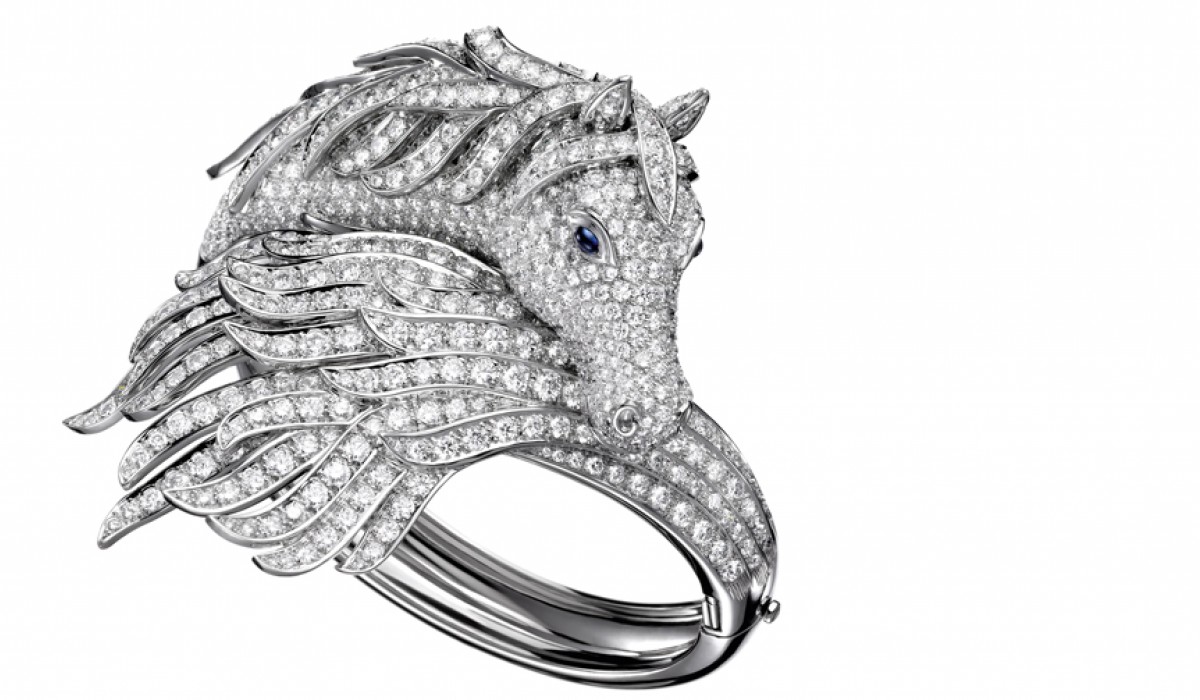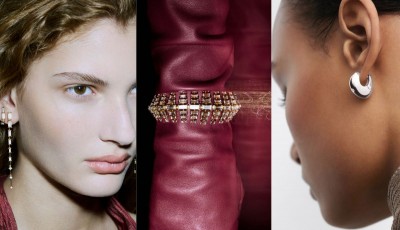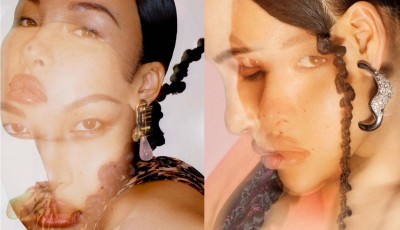Majestic Beauty
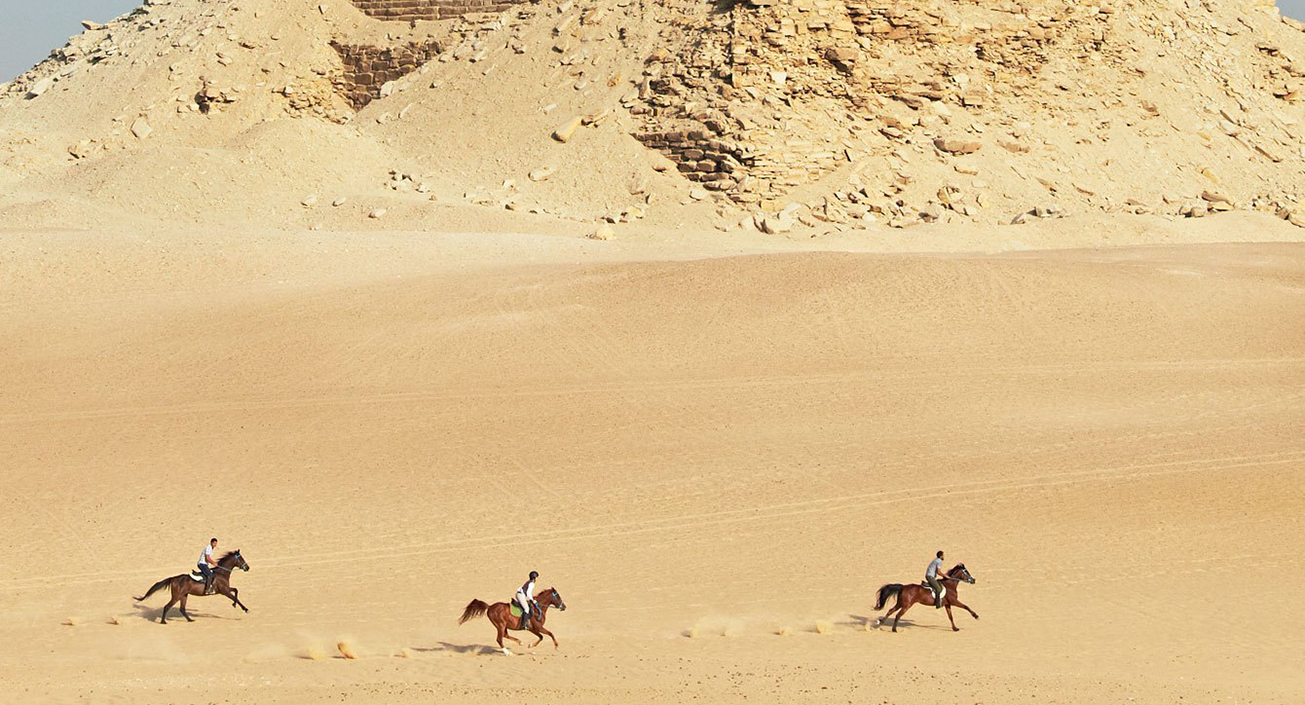
A finely chiseled head, dished face, high tail carriage and a long, almost swan-like, arching neck, these are the most identifiable characteristics of the Arabian horse. One of the most beautiful horse breeds in the world.
When you watch this horse running free, you’ll notice immediately its famous floating trot, it’s almost like it doesn’t even touch the ground. Its appearance is not just striking, but its noble, proud and graceful nature shows with each step it makes. Here is the one of the most ancient breeds known to mankind; the Arabian horse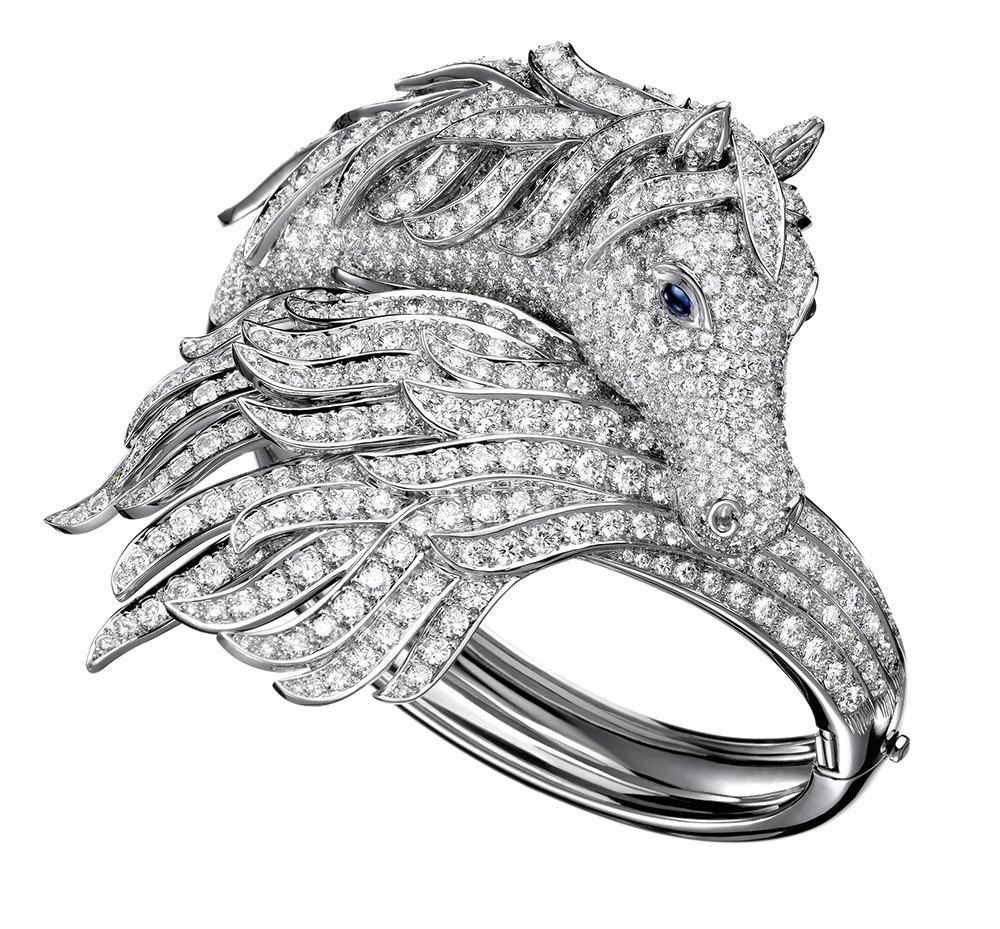 Boucheron Pegas Bracelet
Boucheron Pegas Bracelet
History Its history dates back, according to archeological evidence, to 4500 years ago. Somewhere in the desert, a horse came into being that would influence the equine world of today in a way that is beyond our imagination. The Arabian horse was primarily, like all horses in our modern human history, an instrument of war. Kept by the Bedouin, who used the horse for their long treks and quick forays into enemy camps, it is said that the mares were not only very brave, but also preferred over the stallions as they would not whinny at the enemy’s tribe horses, thus not betraying the arrival of the attacker.
« The horse moved like a dancer, which is not surprising. A horse is a beautiful animal, but it is perhaps most remarkable because he moves as if he always hears music » Mark Helprin, A Winter’s Tale
The Bedouin valued pure in strain horses, many tribes owned only one main strain of horse. The five basic families of the breed, known as "Al Khamsa", include Kehilan, Seglawi, Abeyan, Hamdani and Hadban. The breed is famous for its pureness. No foreign blood has been allowed and only those horses who had all the praised traits were allowed to breed.
Legends There are many legends about the Arabian horse, like the one about the origin of the five basic families as described above. It tells the story about Muhammad and how he chose his mares through a test of courage and loyalty. There are, as often happens, many versions of this story, but a common version is that one day, after a long journey, Muhammed allowed the herd of horses loose to run to an oasis for a desperately needed drink of water. Just before the herd reached the water, Muhammad called for the horses to return to him. Of all the horses, only five returned immediately to him. So loyal and so faithful, even when so thirsty. It were these five mares that became his favorites and were called Al Khamsa, meaning ‘’the Five’’. These are the five legendary mares who became the founders of the five strains of the Arabian horse.[ts_row] [ts_one_half]
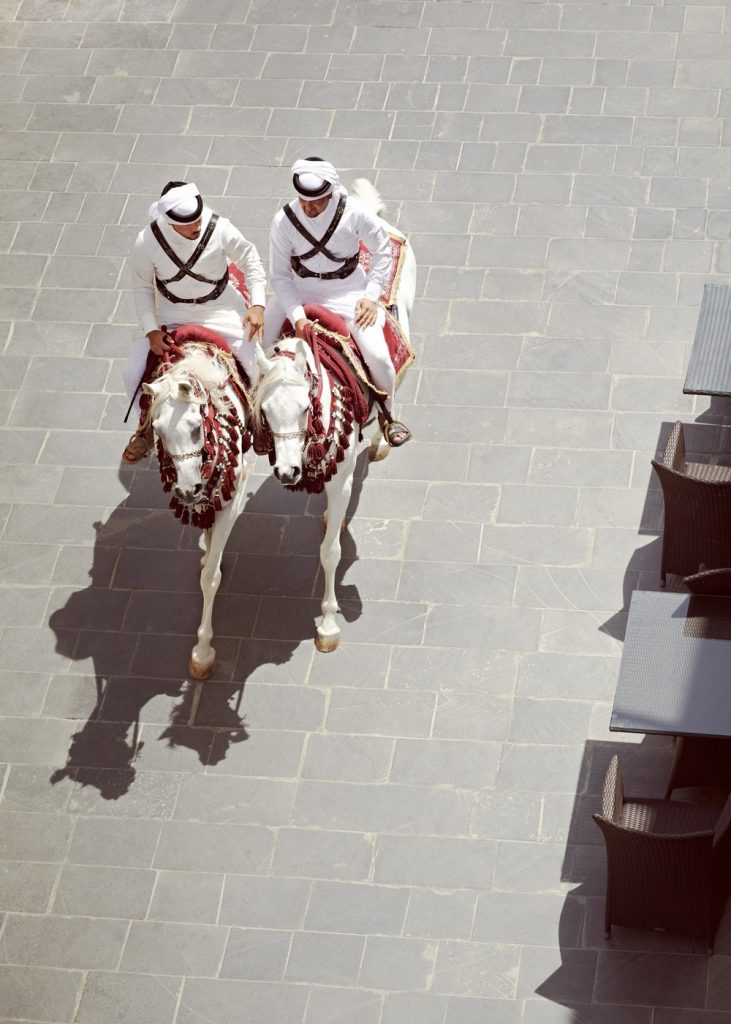 Souk Waquif, Doha, Qatar. Mounted guard horses, riding through Souk Waquif afternoon
Souk Waquif, Doha, Qatar. Mounted guard horses, riding through Souk Waquif afternoon
[/ts_one_half] [ts_one_half]
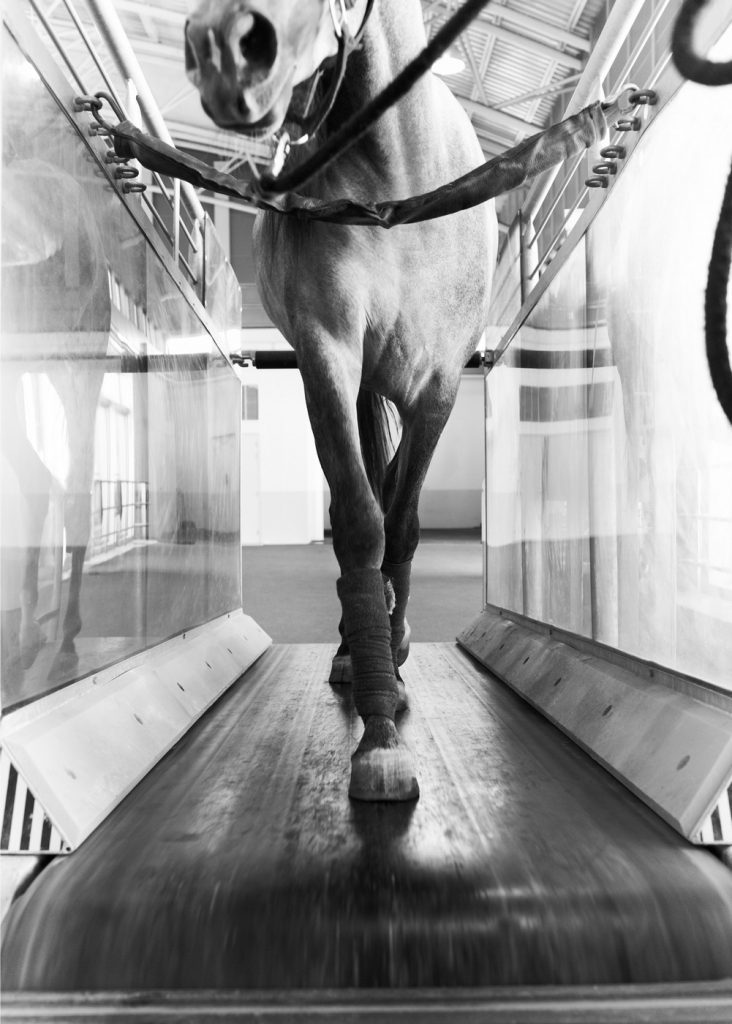 Al Shaqab Stud, Doha. Training on the treadmill
Al Shaqab Stud, Doha. Training on the treadmill
[/ts_one_half] [/ts_row]
Religion The Arabian horse has an important role in religion. Its shape as well as its color was influenced by superstition, tradition and religious beliefs. The beautiful forehead of the Arabian horse is bulging and prominent. It was believed that it held the blessings of Allah: the greater the forehead, or Jibbah, the greater the blessing carried by the horse. The Mitbah, the arching neck with the high crest, was a sign of courage and the highly-held tail showed pride. These were so valued that they were utterly important in the selection of breeding. It was due to this religious importance, as much as the contribution to a tribe it made in wealth and security, that allowed the horse to flourish in isolation. The circumstances contributed to keeping the breed ‘’Asil” or pure.
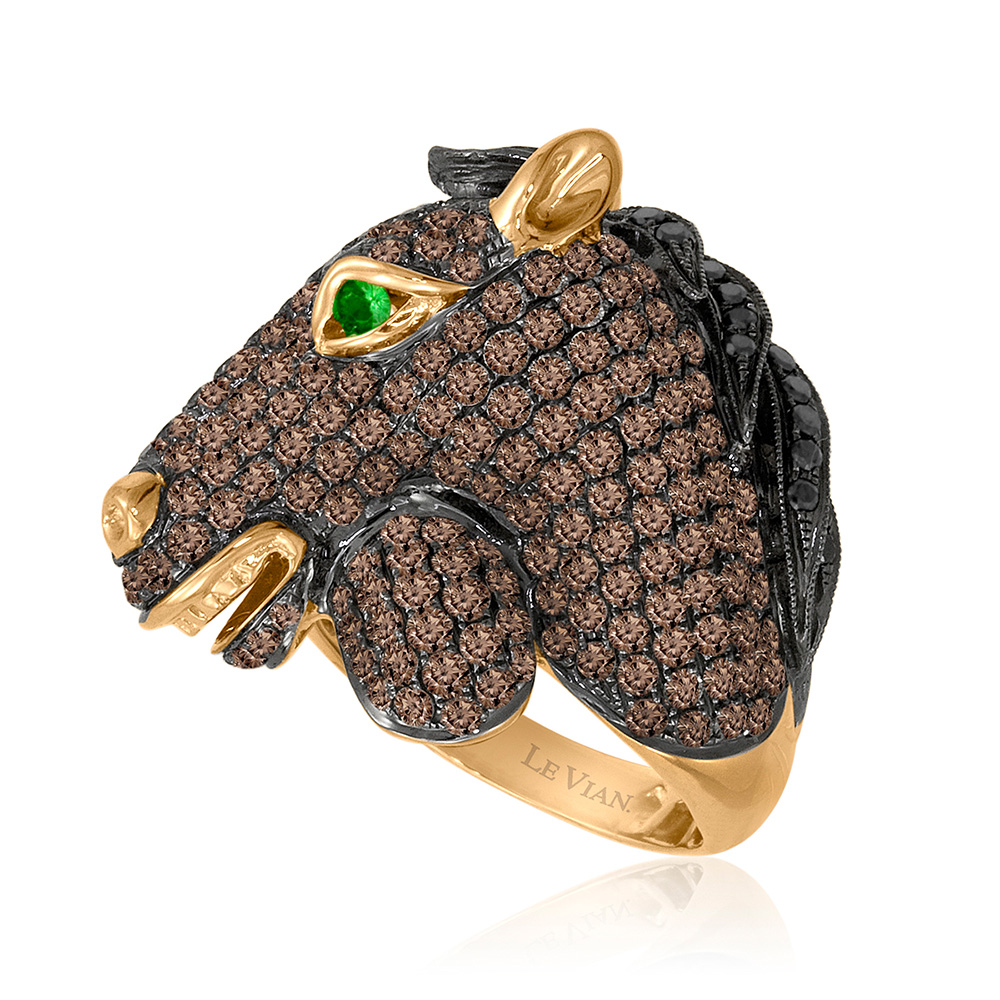 LeVian 18kt gold ring of horse with chocolate diamonds
LeVian 18kt gold ring of horse with chocolate diamonds
Love The Turkish rulers of the Ottoman Empire sent gifts to European heads of state. Three of those gifts: The Godolphin Arabian, The Beverly Turk and Darley Arabian (all between 1683 -1730) became the three stallions who formed the foundation of a completely new breed, that would become very popular: the Thoroughbred. Incredible but true: 93% of all modern Thoroughbreds today can be traced to these three sires!
« The wind of heaven is that which blows between a horse's ears » Arabian Proverb
The Arabian horse is known for its high-spirited nature, some say; not the easiest horse to ride. But truth is that these are the most loyal, the most dedicated horses that one can ever find. It is the owner, however, that needs to win the trust and love of the horse. It's no wonder that this much beloved horse, with its rich background stories, has become an inspiration to many artists •
Text Esther B.J. Ligthart Photography Jenny Zarins
[su_divider top="no" size="1"]
[ts_row] [ts_one_half]
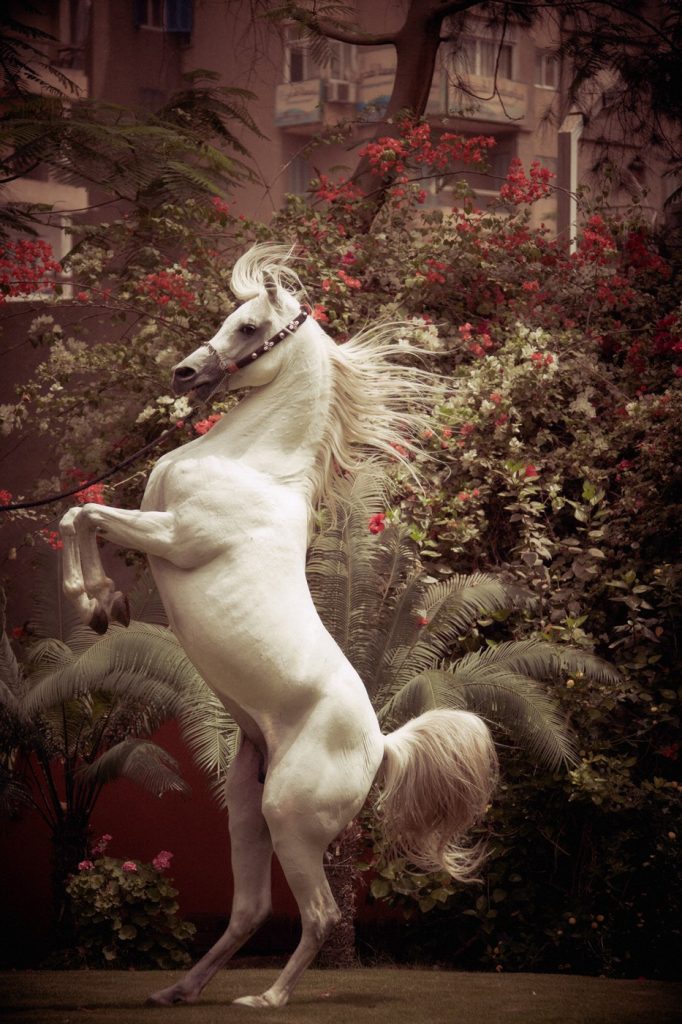 Nasr Marei, Albadeia Stud Farm, Cairo, Egypt.
Nasr Marei, Albadeia Stud Farm, Cairo, Egypt.
Dahoom Albadeia, stallion. Rearing and showing off his beuaty in the gardens of Albadeia.
[/ts_one_half] [ts_one_half]
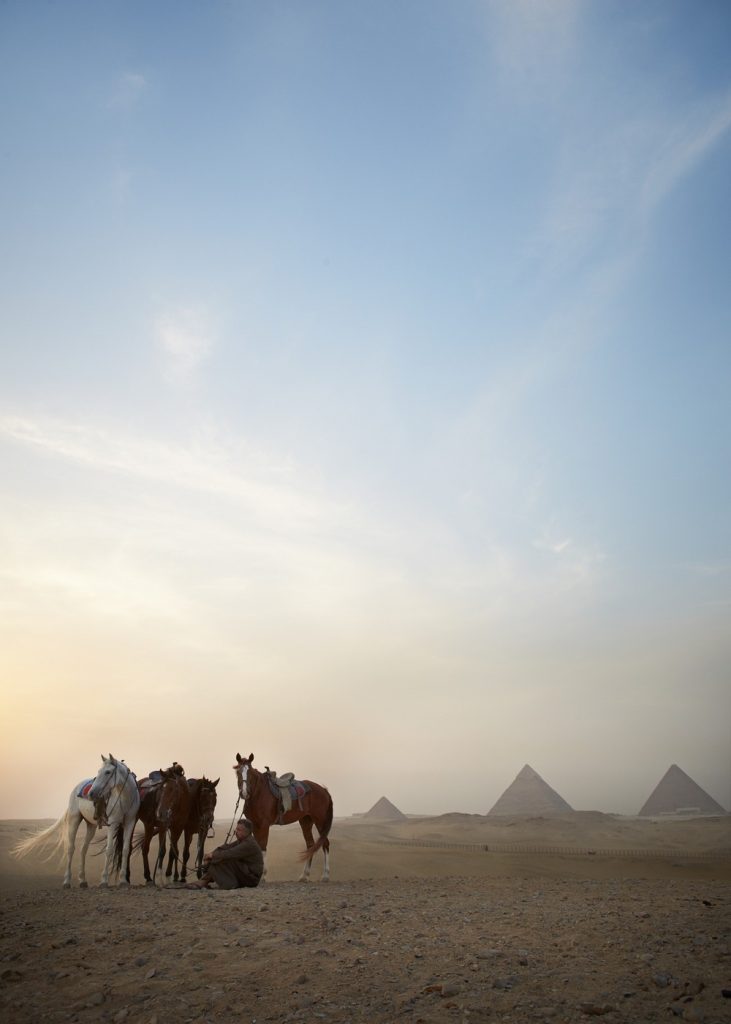 Giza pyramids,sunset, Horses from FB (Farouk Breesh) stables.
Giza pyramids,sunset, Horses from FB (Farouk Breesh) stables.
Jimmie (son of Farouk Breesh) and some of their horses
[/ts_one_half] [/ts_row]


